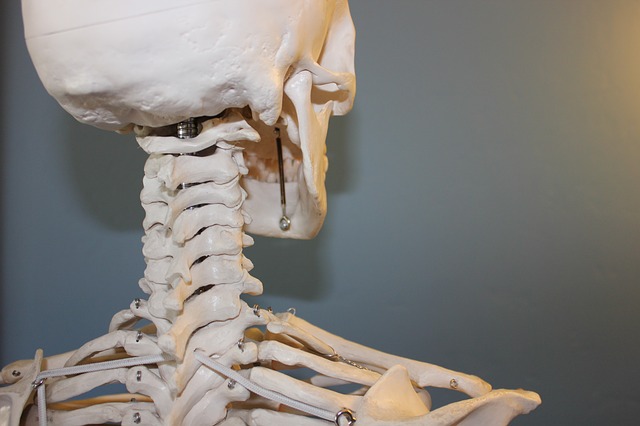
Anatomy: Understanding the Human Body
Frances Humes, staff writer
An important course for most health science majors is Human Anatomy I (BIO 141). The prerequisites for this class are NAS 2 or either a college level biology or chemistry class.
The basis of this class is the human body. Through this course students learn about the organs and systems in the human body. Because of the amount of information covered in this class, it is split into two parts, Human Anatomy I and Human Anatomy II. Both have to be completed for total completion.
Like most science classes at PVCC, Human Anatomy has a lab class assigned. This lab meets once a week with a block of a three hour period. This time will correspond to the three hour lecture the student picks.
During the lecture time, students have multiple assignments to complete. Assignments are found in one packet that should be printed before class. The packets are uploaded to Blackboard for easy access. It contains different exercises that are another way to learn through lab.
Some exercises require students to label sections of the human body on mannequins. There are also cadavers used for easier recognition. The human body in a book does not easily correspond with human organs, leading to the reason for cadavers to be labeled in the packets.
Instructors give students computer exercises inside the packet to help them understand the bones and help read x-rays.
Tests in the class are separated upon the lecture section of class and the lab. While the lecture meets for the three hours across the week, the lab is a one block period where students have three hours to complete assignments. Tests in the lab are similar to the packets that are completed.
Labeling and understanding the human body is the objective. Test questions are fill in the blank. The tests in the lecture are based off the professor’s lecture and PowerPoints. The lecture tests consist of labeling and explaining the processes of the human body.






